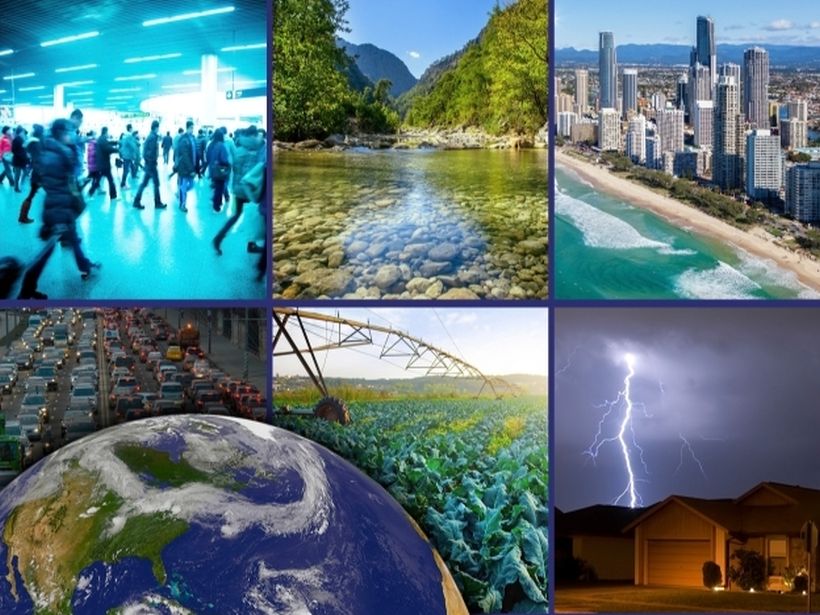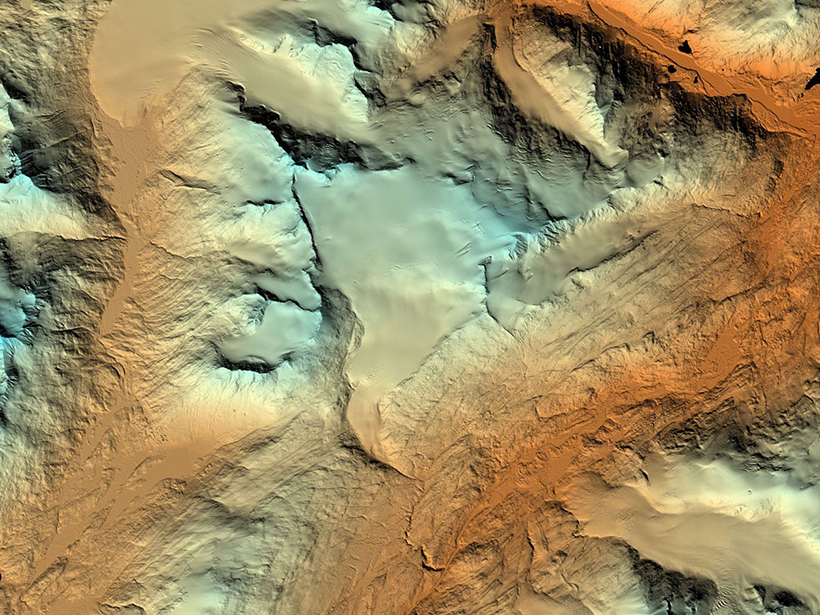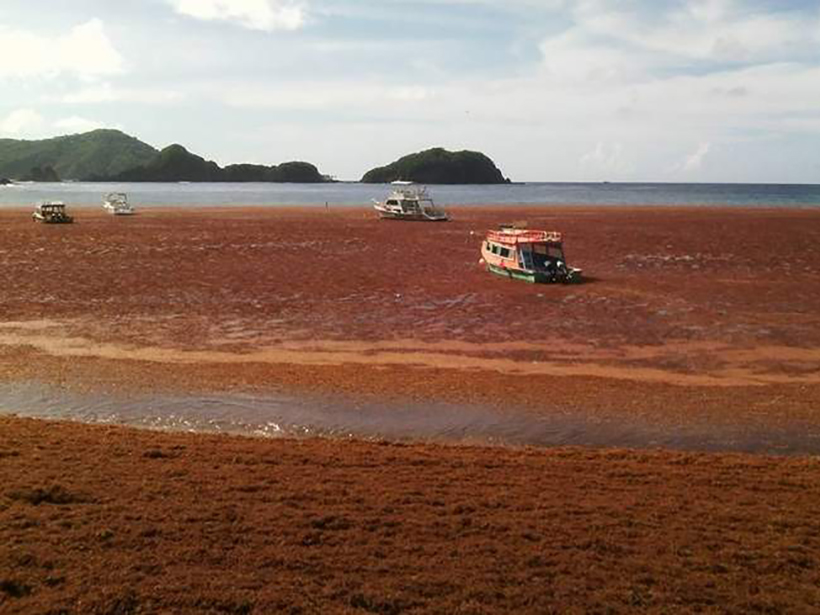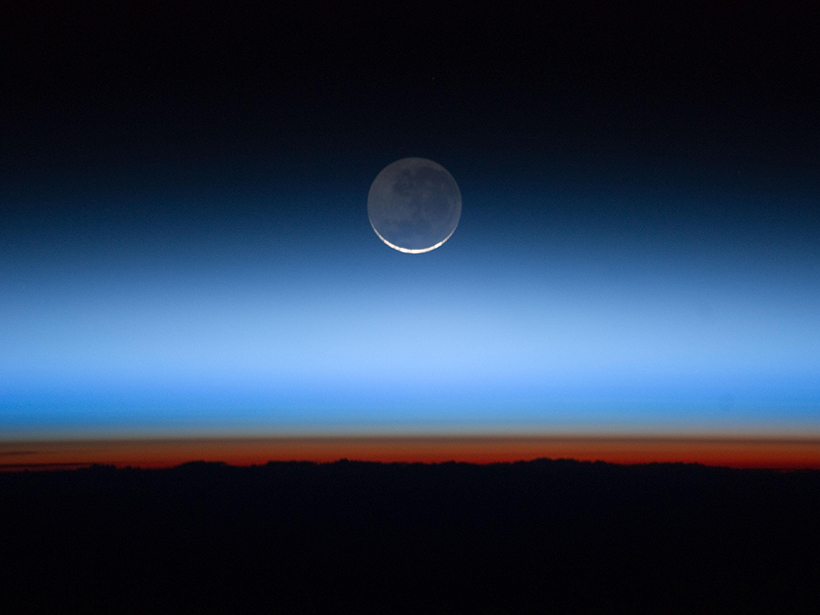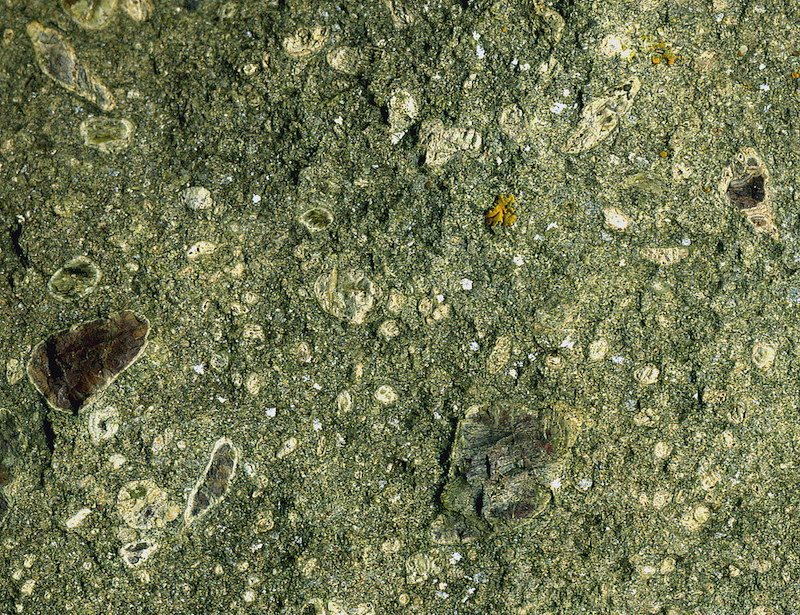Here are nine steps that senior scientists can take right now to change scientific culture into one where harassment is treated as a type of scientific misconduct.
CC BY-NC-ND 2016
Here Comes the Anthropocene
Two recent papers in Earth's Future discuss the addition of a new epoch to the geological timescale.
Melting Ice Could Reveal Toxic Cold War Era Waste in Greenland
Unforeseen political disputes could arise as countries assess who's responsible for the cleanup of the Cold War relics.
Exploring Formal Recognition of the Anthropocene
Colin Waters of the Anthropocene Working Group, which has been exploring formal recognition of the Anthropocene as a unit in the geological time scale, discussed the group's recommendations at the IGC.
New Digital Maps Depict Alaska in Unprecedented Detail
The Obama administration plans to release high-resolution terrain models in 2017 for the entire Arctic.
Delayed Launch Approved for Next Mars Mission
NASA has set a new 2018 launch date for a spacecraft to probe the Red Planet's interior, after instrument failure hobbled preparations for the mission.
Sargassum Watch Warns of Incoming Seaweed
The Sargassum Watch System processes satellite data and feeds results to a Web portal, giving decision makers timely information on seaweed location and warnings for potential beaching events.
Mysterious Anomaly Interrupts Stratospheric Wind Pattern
For the first time, scientists have observed a deviation from the typical alternating pattern of easterly and westerly winds in the equatorial stratosphere.
New Findings Suggest Dwarf Planet Ceres Is Geologically Active
Cryovolcanoes, landslides, and water ice all point to current activity, researchers found.
Data Rules for Water Management, Continental Roots, and More
The importance of relevant and consistent data (as well as more samples) spans discussions of water resources and crustal roots at the IGC.


